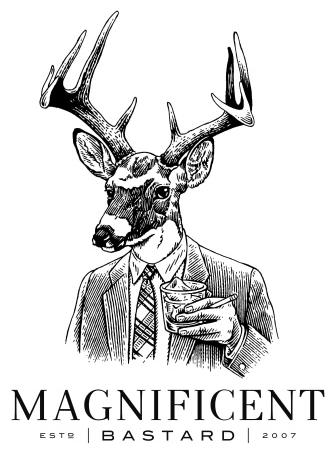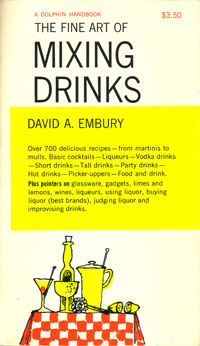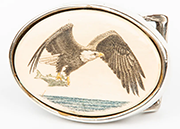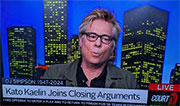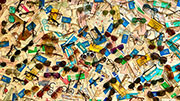Ask the MB: Cocktail Shaker
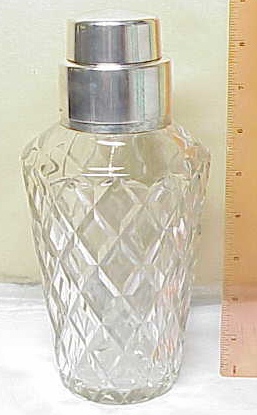
--Greg
A: Greg, you say you bought the booze an MB requires, so we're assuming that you're 21 or older -- but are you new to cocktails?
We're talking about a glass shaker here, not any old glass. As The Fine Art of Mixing Drinks author David Embury explains, metal is a better conductor of heat than glass, so you will drink less diluted cocktails if you use a glass shaker.
The problem is finding a good one. For something with character, our first stop is eBay (principle of archaism). But if you're really thirsty and want to drink sooner rather than later, Pottery Barn (yeah, that Pottery Barn) sells a simply designed, thick glass shaker with a tight-fitting metal top for $24.00 that mixes great-tasting MBs. Until today's shaker manufacturers start mass-producing Austrian 800 silver & cut glass cocktail shakers, it will have to do.
